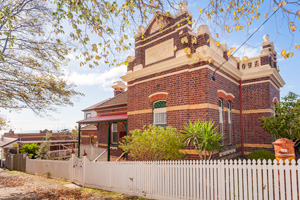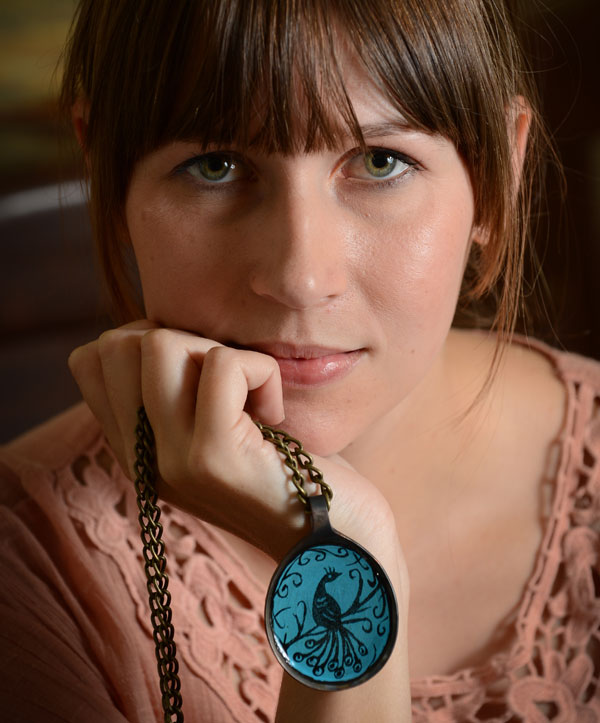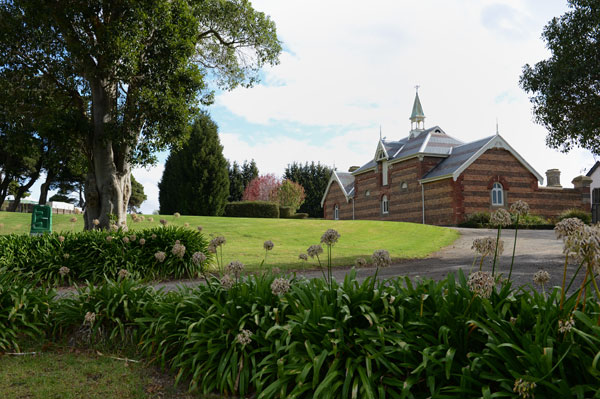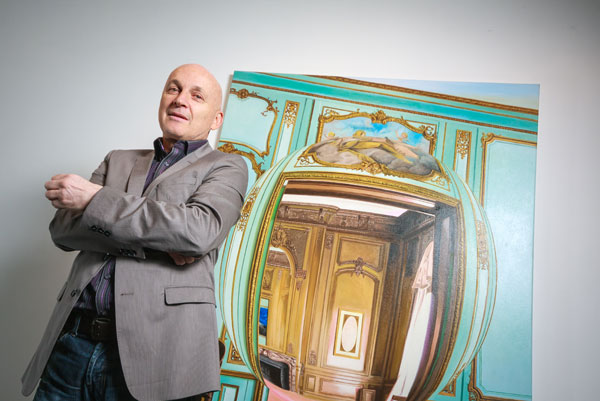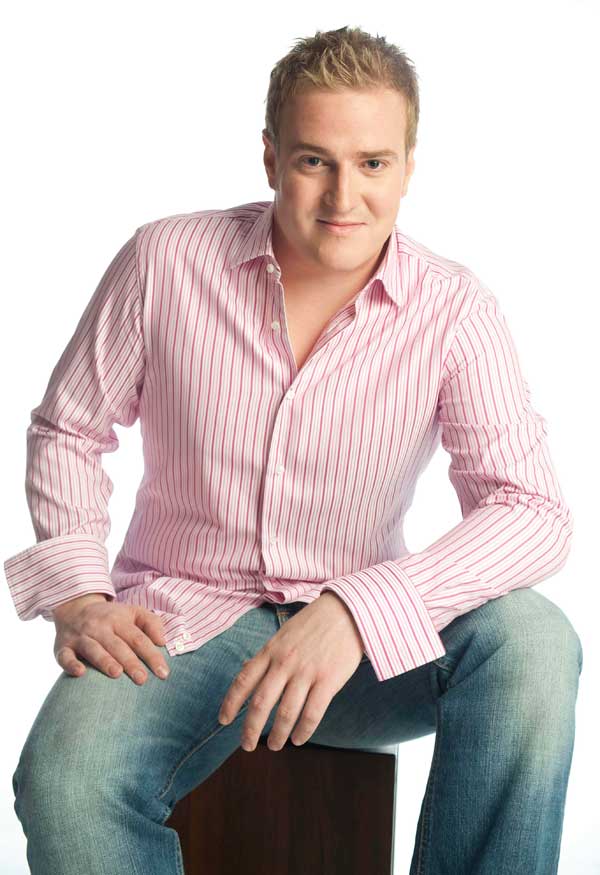Pops of colour are essential for this season.
MODELS: Adelaide Gray and Greta Morton
CLOTHES: Princess Polly, 77 Malop St, Geelong
STYLIST: Courtney Drever (Princess Polly owner)
HAIR STYLST: Georgie Stuart from My Friend George, 2 Percy St, Geelong
MAKE-UP: Melinda Sestito using MAC Cosmetics, 0433 711 233.




